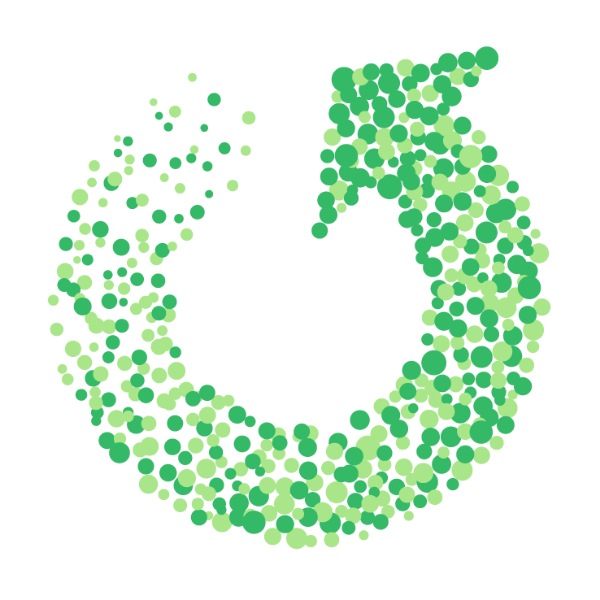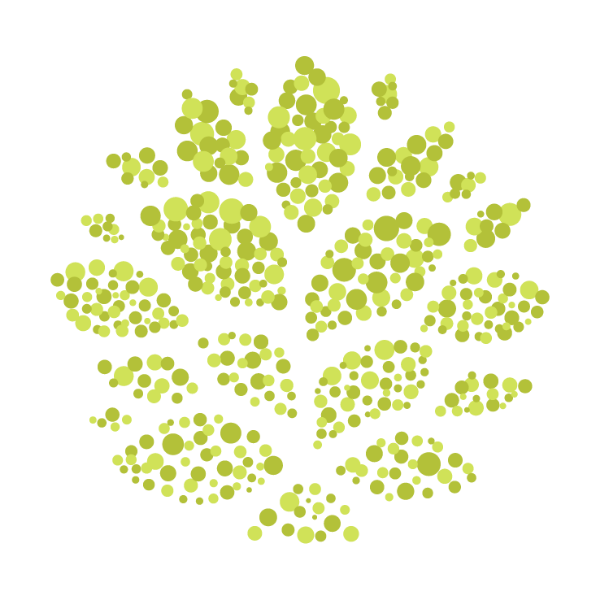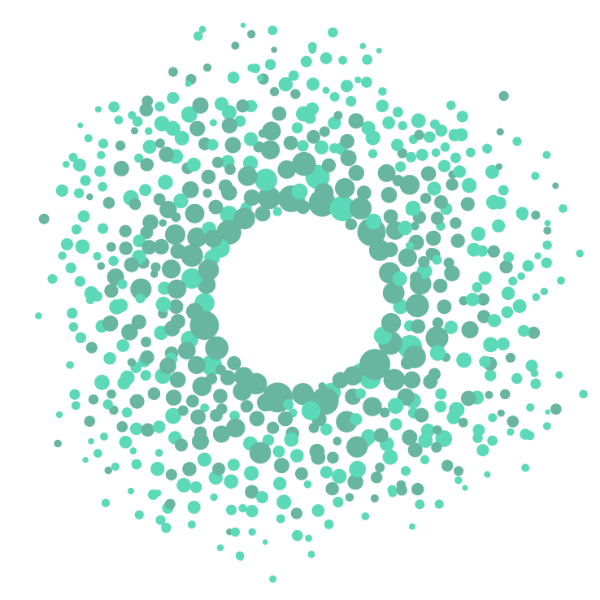
Global awareness of the plastic packaging problem has reached record levels in recent years and the search for a true sustainable alternative is ongoing. Could the solution lie in the seas? London-based start-up Notpla, founded by Pierre Paslier and Rodrigo Garcia Gonzalez, believe so.
Just 9% of all the plastic ever produced has been recycled and 12% has been incinerated. The rest lies in landfills or has been dumped into the oceans. Notpla is an alternative to plastic made from seaweed and plants.
It is always totally natural and entirely biodegradable, and can be used to create a range of packaging products, such as a bubble to hold liquids, a coating for food containers, and a paper for the cosmetic and fashion industry.
At the London Marathon in 2019 36,000 Notpla-made Oohos, filled with Lucozade, were handed to runners. This year, Notpla has made over 1 million takeaway food boxes for Just Eat Takeaway.com, with the potential to replace over 100 million plastic coated containers in Europe in the future. The company is continuing to research and develop new formats and solutions, with flexible films and rigid materials in the pipeline.
Notpla’s impact is wide and varied. Seaweed farmed for its production captures carbon twenty-times faster than trees, addressing one of the key causes of the climate crisis. The packaging itself means less plastic clogging our seas, reducing ocean waste. Meanwhile, farms boost fish population and seaweed farming creates new opportunities for fishing communities.
Notpla is just at the beginning of its journey, with new materials in development that could one day replace single-use plastic packaging applications across various industries and at a global scale. Today, plastic continues to pile up in our oceans and landfills, but we may now have the answer. It’s not plastic, it’s Notpla.

By 2030, we choose to ensure that, for the first time in human history, the natural world is growing – not shrinking – on our planet.
This Earthshot focuses on three main areas of interest:

By 2030 we choose to ensure that everyone in the world breathes clean, healthy air – at World Health Organization standard or better.
This Earthshot focuses on three main areas of interest:

By 2030, we choose to repair and preserve our oceans for future generations.
This Earthshot focuses on three main areas of interest:

By 2030, we choose to build a world where nothing goes to waste, where the leftovers of one process become the raw materials of the next – just like they do in nature.
This Earthshot focuses on three main areas of interest:

We choose to fix the world’s climate by cutting out carbon: building a carbon neutral economy that lets every culture, community and country thrive.
This Earthshot focuses on three main areas of interest: